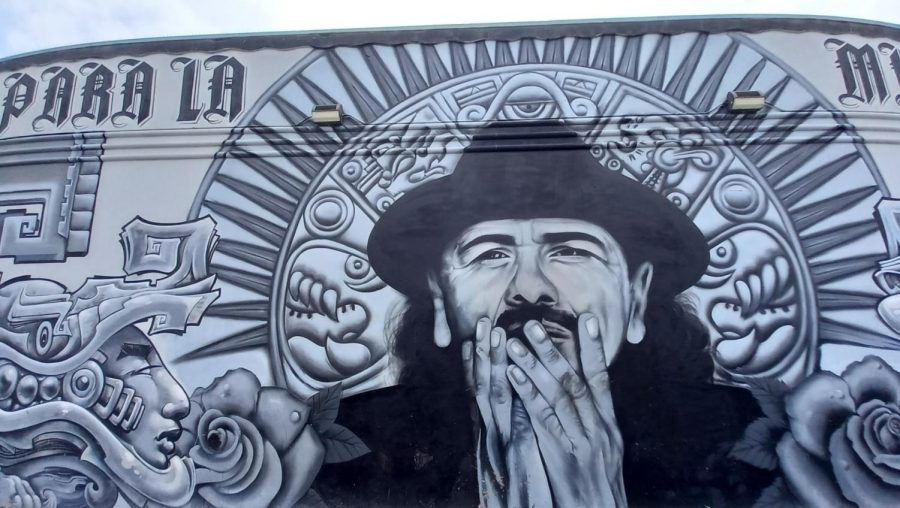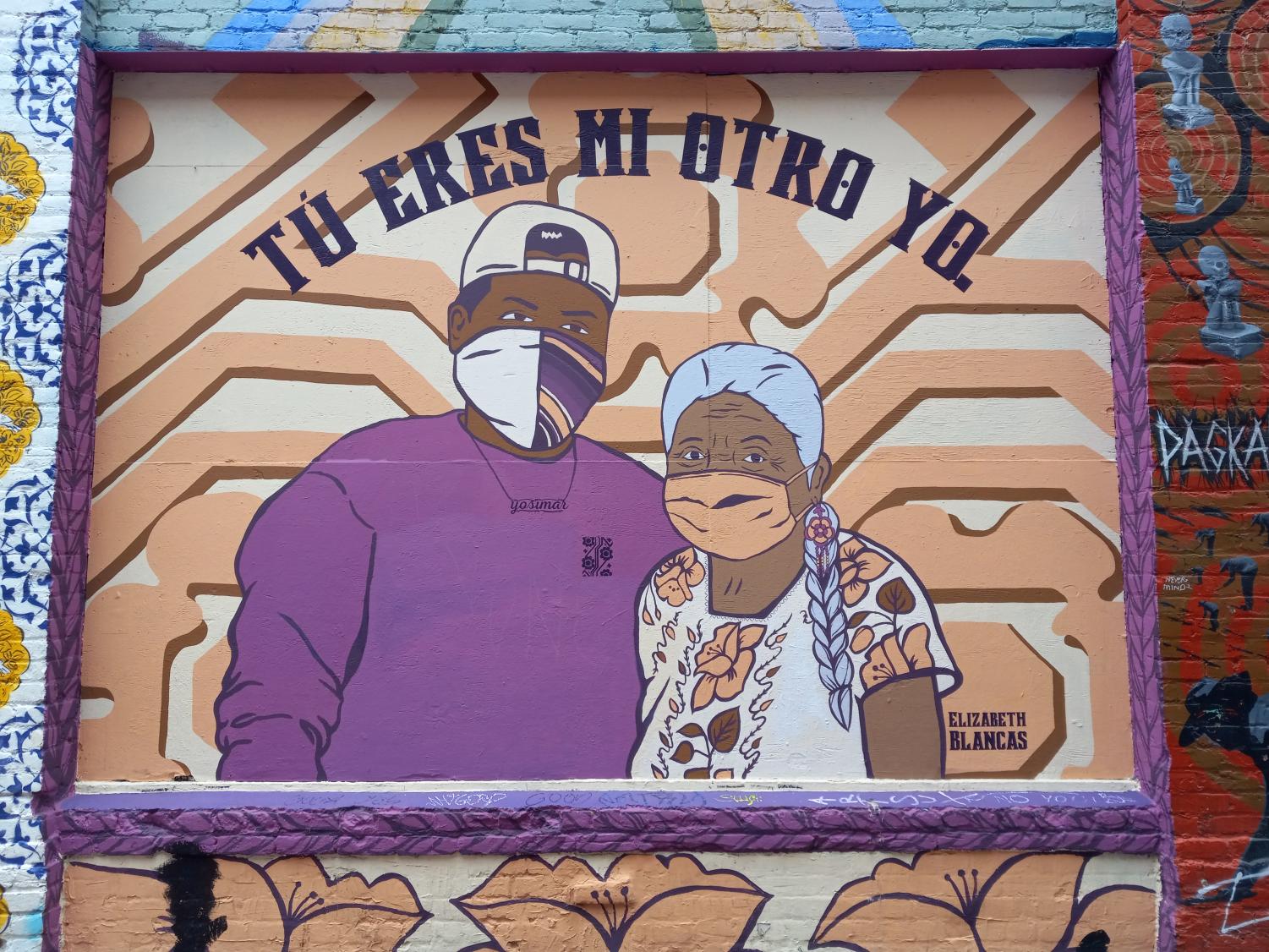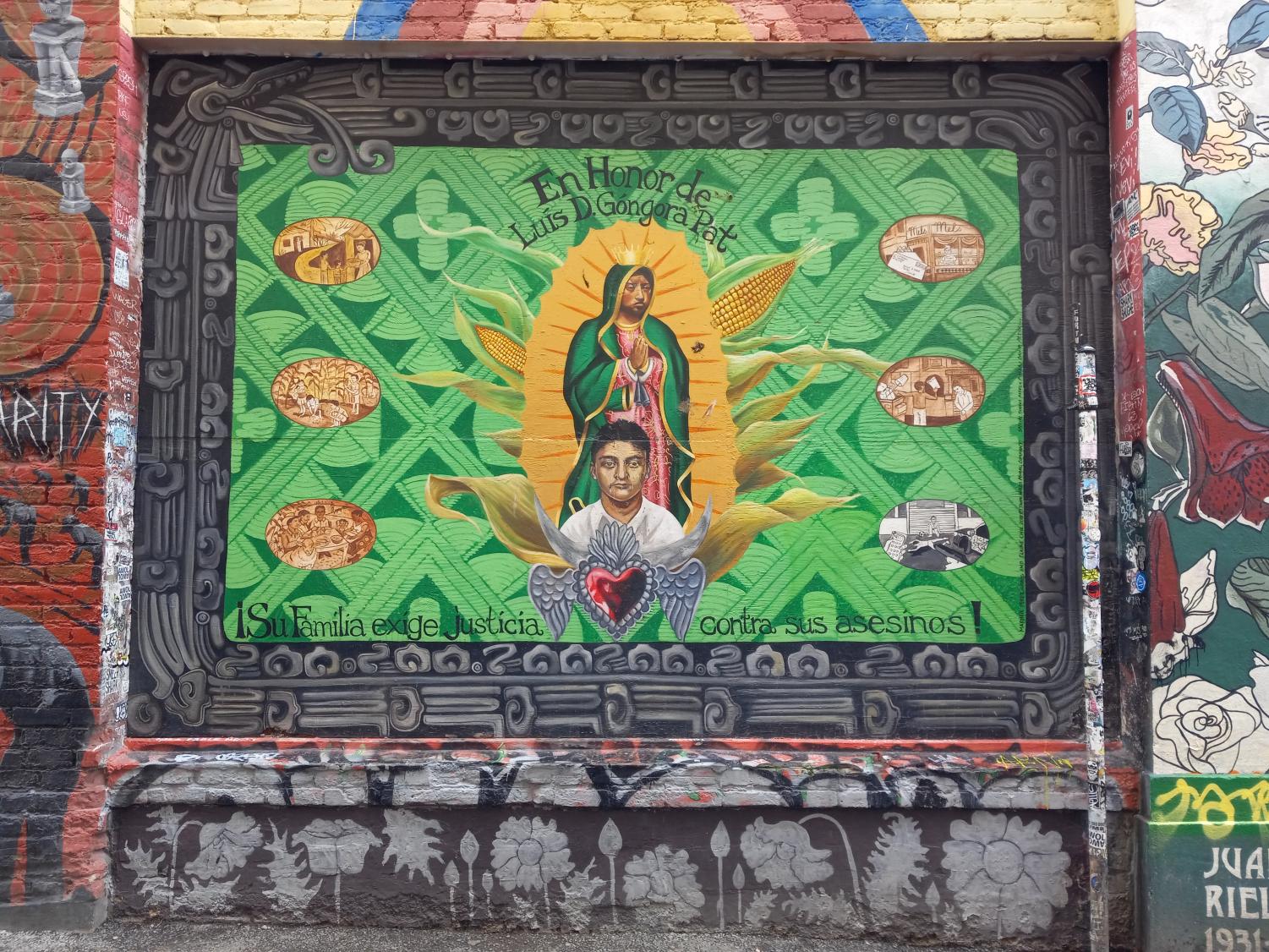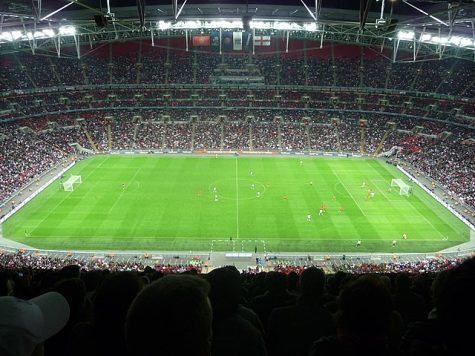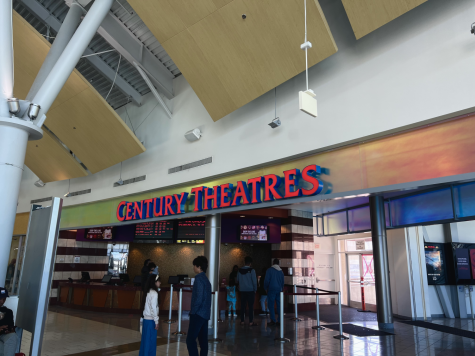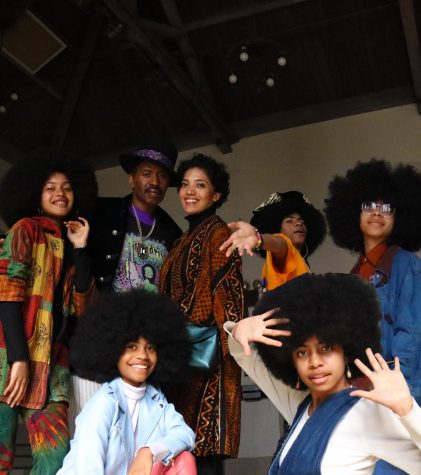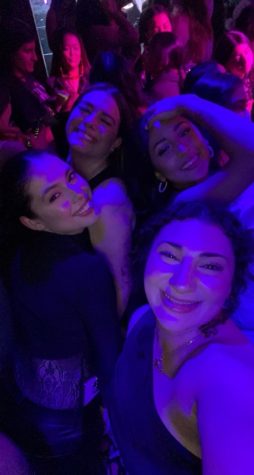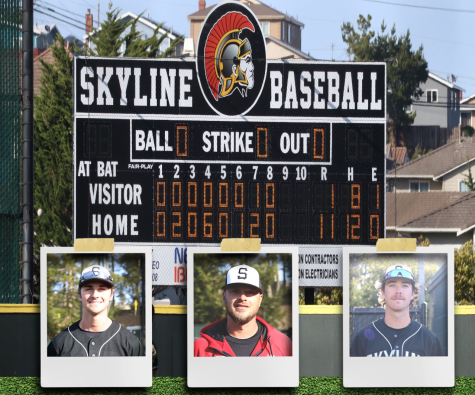Murals in the Mission
How activism, heritage and politics intertwine to create the vibrant public art in San Francisco’s Mission District
Carlos Santana mural ‘Para La Mission’ created by Mel Waters
There is perhaps no form of artwork as accessible as murals. It costs nothing to walk around your neighborhood and take a look at the stories artists present through these pieces.
The subject matter touches on all aspects of the human experience, be it political, familial, religious, or abstract concepts.
A history of La Mission
From the 1940s to the 1960s, the Mission District experienced a new wave of immigrants, mostly from Mexico. With it came bakers, construction workers, and artists. The works and legacies of these artists are most prominently found in the hundreds of murals across this neighborhood known to locals simply as La Mission.
Immortalized in these murals are local musicians like Carlos Santana, religious icons such as La Virgen de Guadalupe, San Francisco’s legendary activists, and much more.
A combination of President Franklin D Roosevelt’s public works programs featuring public art and the explosion of Diego Rivera onto the international scene with his frescoes inspired local artists to create their own works within the neighborhoods they live in.
In a city constantly seeing demographic changes and gentrification, these murals have stood the test of time, many dating back 50 years if not more. They are more than just murals, but snapshots of different eras, different people, and cultures that have left their mark on San Francisco’s working-class communities.
From Clarion Alley to 24th and Mission, very few spaces in this part of the city are left untouched by art.
Muralists see the importance of public art
“The importance of public art is not disputable,” muralist Marta Ayala said. “Even if the art does not make any sense, what brings the art home to our hearts and soul is color.”
“Color carries pure energy and by just being near it or looking at it we receive immense benefits,” Ayala added.
“Not only [does] creating public art liberate the artist but it liberates the place where it resides as well as the people.”
“Murals have been around for many thousands of years to share stories all over, and many murals have impacted the world by highlighting different social issues,” said Monica Navarro-Marroquín who has painted murals in the Mission District.
“I think it is very important and Clarion Alley is very aware of that for the protection of artists’ rights especially when big corporations are using murals for their financial benefits,” said muralist Keyvan Shovir, who has two murals in Clarion Alley.
Organizations work to preserve murals
The San Francisco Arts Commission says it would be impossible to count how many murals are in the city due to many being on private property but many websites and blogs show exhaustive lists numbering in the hundreds.
Precita Eyes, for example, founded in 1977 works to preserve these murals in the Mission and lists a dozen murals created in just the period between 2020 and 2021, during the COVID pandemic. This is evidence of how even during a global crisis, the need for murals perseveres.
“CAMP is a living narrative of the struggles, victories, and visions forward of and for our communities and sharing our stories in real-time,” said Megan Wilson of the Clarion Alley Mural Program.
“The work also provides a powerful vehicle supporting social/political justice and dismantling intersectional oppression. The space is accessible and open to the public 24/7, creating an environment that is unique and always changing, reflecting the changes happening in our greater world,” added Wilson.
A connection with nature in the urban jungle
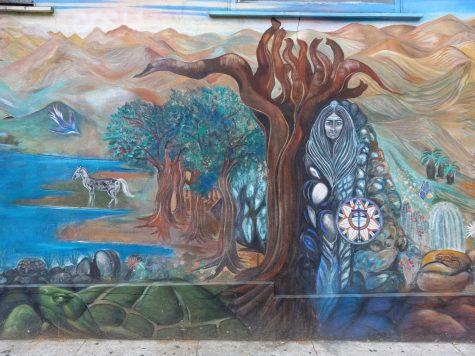
“In Lake’ch means ‘I am another yourself,’” said Ayala.
“It was meant to be a window for the people to look thru and see nature and to take care of our planet. There are two women made of rocks meaning to hold the trees down to prevent deforestation, there is another mountain in the background of a woman sleeping, and part of her is Caracol the Astronomy site the Mayans had near Chichen Itza…”
Ayala’s mural found on 23rd and Mission Street, in the middle of the urban densely populated neighborhood, offers a look into the nature we often miss living in the city.
“The mural was also intended to be at kid eye level, that is why the animals. The rocks on the right-hand side are peyote bulbs and at the bottom a waterfall with the entire Mayan calendar sprockets. It is said that if you look at them, molecular DNA gets awakened to bring us back to the beginning so that we remember our true origins and recuperate our power.”
Murals in the fight for freedom
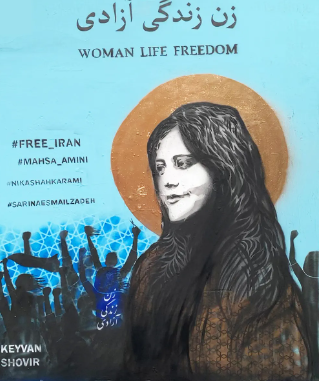
“I like to answer this question with a quote from Attar-e- Neyshapoori, Attar is one of the most famous mystic poets of Iran,” Shovir said when asked what he hopes people take away from his murals. “His works were the inspiration of Rumi and many other mystic poets: دوب نامه دیآ وت مهف رد هچ ره موهفم وت.” “Your concept is what you could understand (based on your capacity and understanding and your wisdom),” added Shovir.
“What I’m hoping is that each individual based on their life experiences and their knowledge about what is happening around them could have empathy and understanding of these issues.”
“Also celebrating their name and their life and spreading their name. this person lost their life because of these issues such as police brutality, women’s rights, and human right. What we need is change,” continued Shovir.
“Say her name. Mahsa Amini. Woman, Life, Freedom.”



